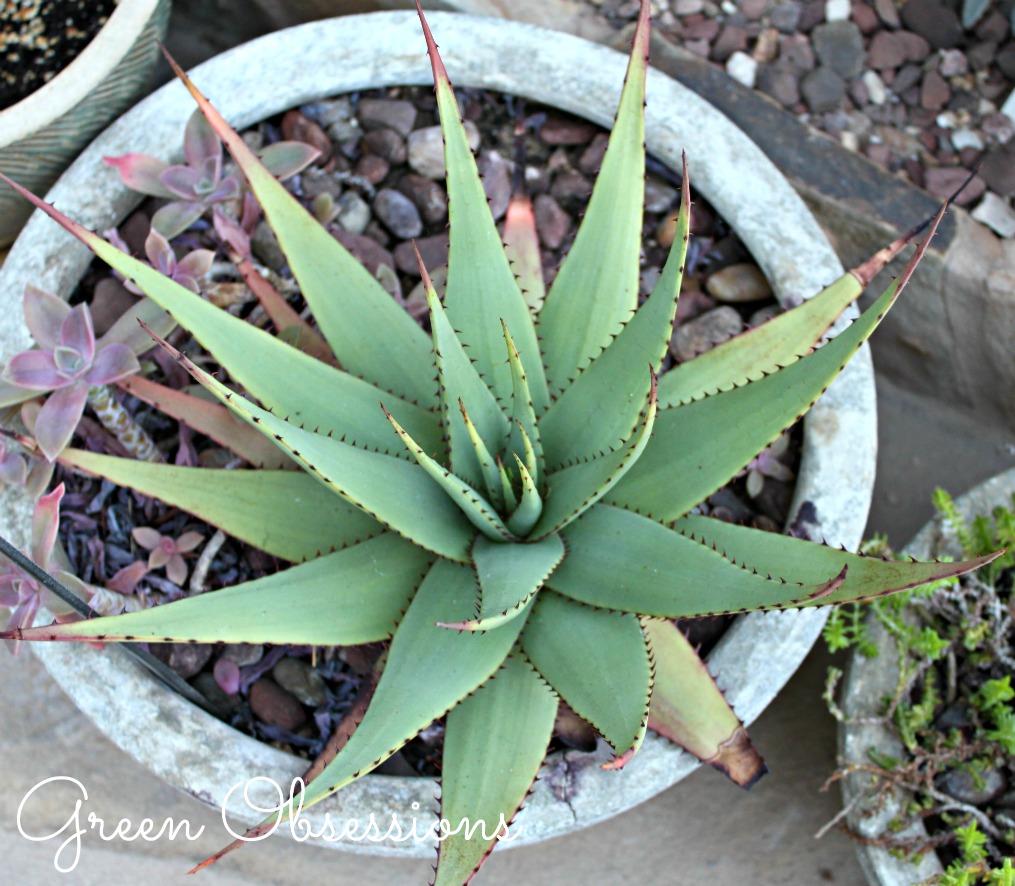
I have introduced a few people I know to succulents and they are always astonished by their unusual appearance. They usually have so many questions about these plants and since I love succulents as well, I thought I should write an “Introduction to succulents” post.
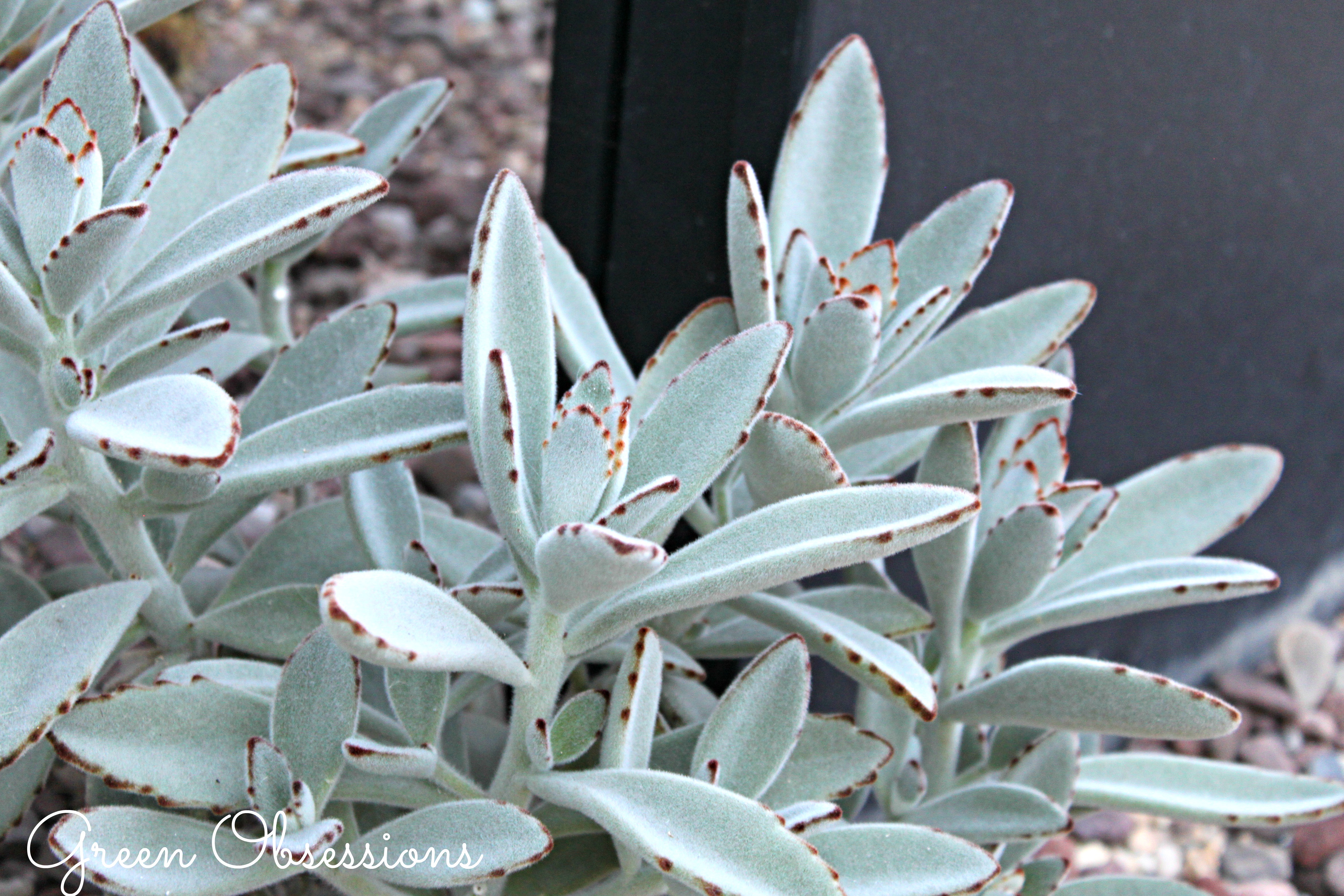
So, Succulents. What are they? Well the term succulent is an un-scientific term that refers to any plant that stores water in its structures, such as leaves, stems or roots. Succulents usually have thick, fleshy stems or leaves as these act as water storage organs. This feature allows them to survive in drought. By definition all cacti are succulents but not all succulents are cacti. However horticulturally, the family of cacti are usually dealt with separately from succulents and hence succulents usually refer to the non-cacti succulents. My experience with succulents have been with the non-cacti kind, that store water in their leaves so this post will be about these types of succulents.
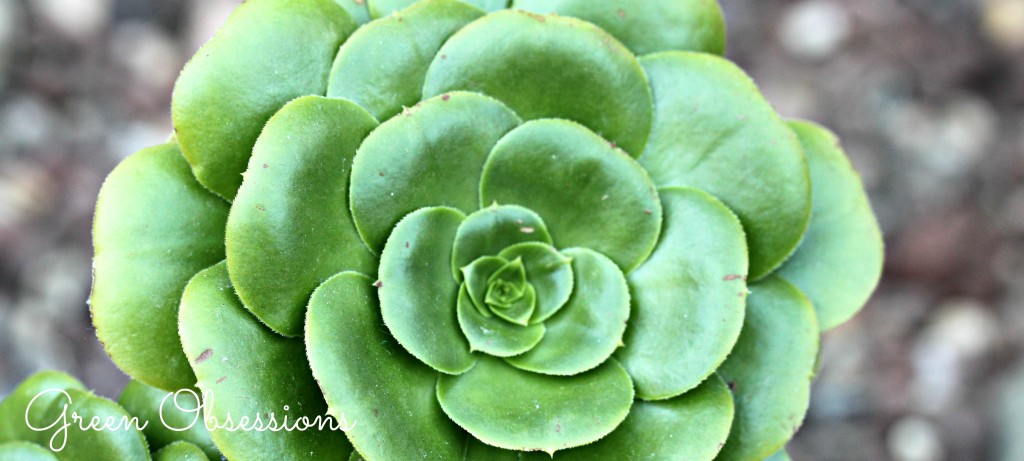
Most people I meet do not know about these amazing plants. I don’t think I noticed them either until 2 years ago while at a garden store. They caught my attention immediately. The most common succulent people new to succulents know is the Aloe. There are several different types of succulents all unique in their formation; from tight rosettes to trailing stems. Succulents have so much variety, I believe there is enough to appeal to everyone’s tastes. Regardless of what succulent you have, the care for growing them are pretty much the same. Below, you will find a simple care guide for the beginner.
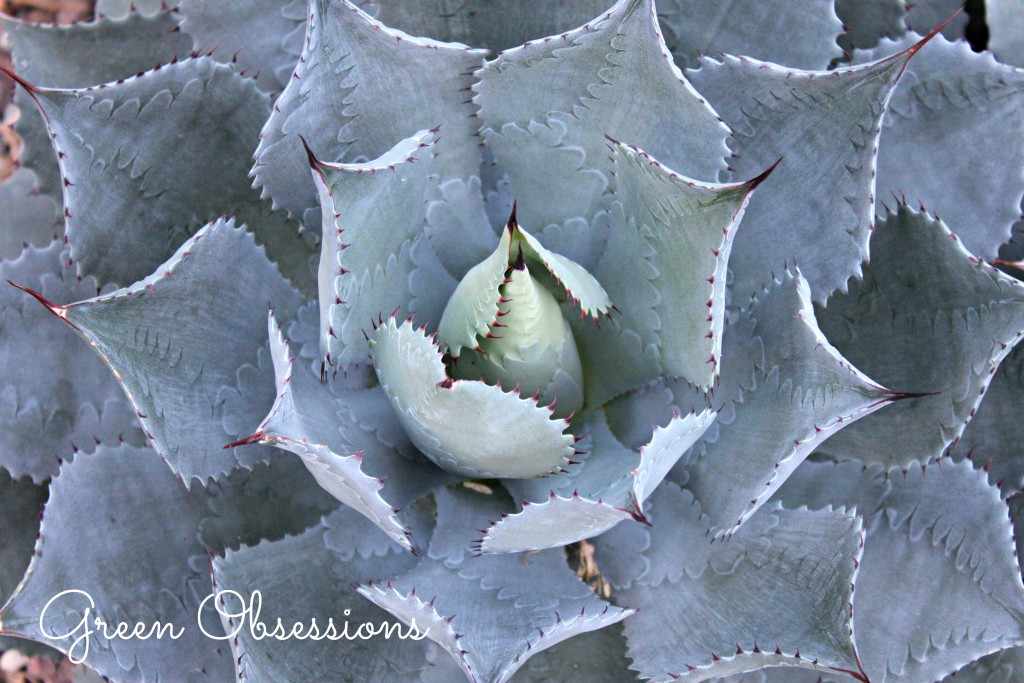
Light: Succulents prefer bright light and some can tolerate direct sunlight. I find the shape and colour of the leaves tell you if they are receiving too much or too little light. Too much direct sun, and the leaves may turn brown (scorch) or color may fade. Too little light and the plants will have a stretched appearance as if reaching for the light. They will have unusually elongated stem and spaced out leaves. This is termed etiolation. I have a few etiolated succulents which I will be writing about in the future so check back soon if this interests you.
Water: Since succulents store water, then they do not need frequent water right? Right… and wrong. Succulents may not need frequent watering like other house plants, but too little water and they may barely thrive. During the growing season (when they are actively growing, usually Spring to Fall), succulents need regular watering. The frequency of watering depends on where your plants are kept and requires your own judgement. For example, my succulents are kept in a north facing window and in the summer, they are happy with once a week watering just when the soil dries out. When succulents stop putting out new growth, they are resting. This usually between late fall to early Spring when day light length is short with cool temperatures. I usually water them about once a month. Remember that over-watering which leads to root rot is the most common way to kill your succulent.
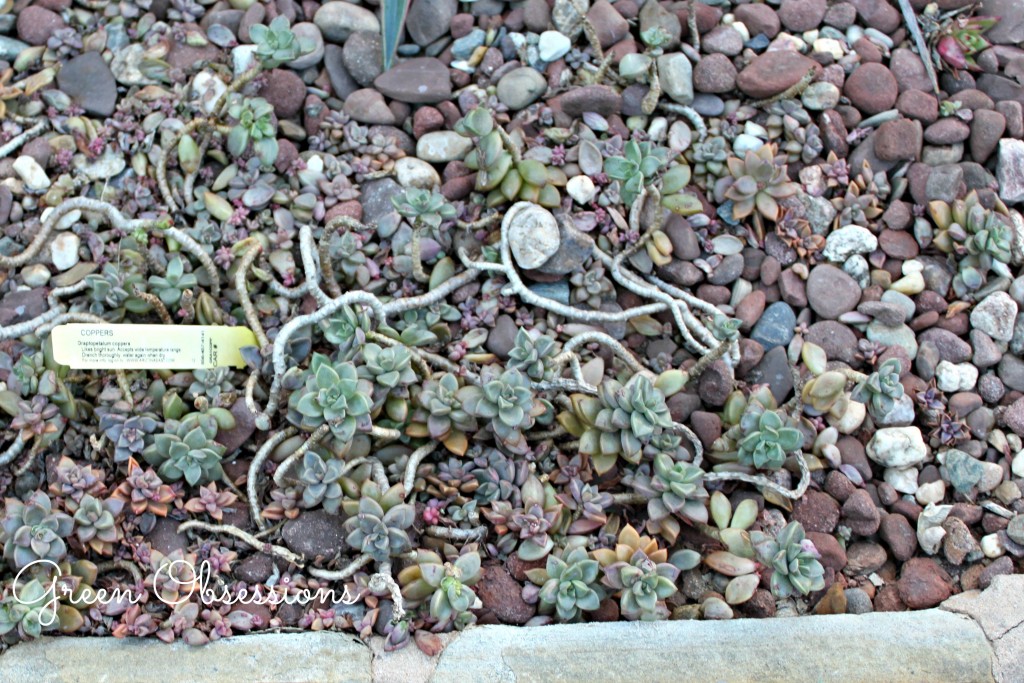
Temperature: Most succulents do not tolerate freezing temperatures. A few are winter hardy and can be kept outside in winter. Normal indoor temperatures will suit succulents just fine.
Potting: Succulents can be kept in plastic pots or clay/ceramic pots. The choice of either is usually based on people’s personal preference. I use both. Plastic pots are less expensive than ceramic pots. Succulents kept in plastic pots need less watering than those in clay (especially unglazed pots) as they are more moisture retentive. Pots with drainage holes are recommended as succulents do not like to sit in water. Succulents need fast draining mixtures. You can purchase mixtures made specifically for succulents at most garden stores.
Fertilizing: You can fertilize your succulents during the growing season as you would other house plants. Cease fertilizing in the winter.
![Image by: Bruce from San Francisco (my new lithops 'garden') [CC BY 2.0 (http://creativecommons.org/licenses/by/2.0)], via Wikimedia Commons Lithops_garden](http://www.greenobsessions.com/wp-content/uploads/2015/01/Lithops_garden.jpg)
Pests: Knowledge about pests that attack succulents is important, lest you mistaken a pest such as mealy bug or scale for a normal part of the plant (like I did 🙁 ). I have included a brief discussion of the most common pests here.
- Fungus Gnats: I mistook these for fruit flies as they can be just as annoying. They are tiny black flies that are seen around the plants and on the soil surface. One way to get rid of them is to get rid of all soil until the gnats have disappeared. If you have only one plant, then this might be easy to change soil and isolate the plant. However if you have a whole collection of plants, this method will be difficult. Letting the soil completely dry to kill larvae and hinder egg development can also be effective. I have used sticky traps in the past and worked very well. Check the web for other natural products or your local garden store for products that can be used to get rid of them.
- Mealy Bugs: These are very tiny insects ( about 3mm in length). They look like tiny white cotton balls from afar. They feast on plant sap causing the plant to eventually stop growing and die. A small infestation can be controlled by picking them up with tweezers or skewer sticks. You can also dab them with a cotton swab dipped in rubbing alcohol which dissolves their cottony covering and leaves them defenseless. Large infestations may need insecticides.
- Scale: These appear as raised brown or tan spots on the leaves of your plants. These brown spots are hard coverings that act to protect the insects. They also feed on plant sap. You can treat any outbreak like you would mealy bugs.
- Spider mites: They are tinier than mealy bugs and hard to see with the naked eye. The only sign that may show that your plant is infested is by the webs that they spun on the leaves. A closer look, and you will see these tiny crawlers on the top and underside of leaves. They too feast on sap and can weaken your plants. One way to get rid of them is by wetting the whole plant. Spider mites do not like being wet. You may have to do this a few times to get rid of them all. I had to do this twice with my Jade plant. Major infestations can be eradicated with miticides. Insecticides may not be effective as spider mites are not insects but rather arachnids (like spiders).
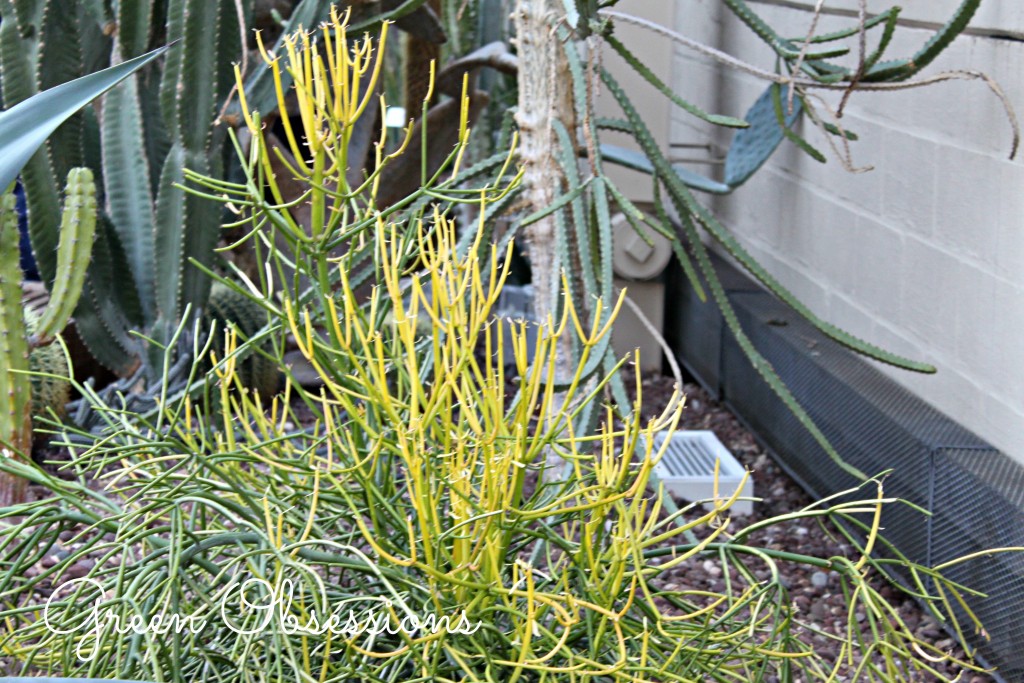
I hope this was helpful. If you have any successful methods of getting rid of any of the pests mentioned here, do not hesitate to comment below.
Till Next Time
Share the Plant love:
Related
Barbara
Hi, I’m Barbara and I’m a little obsessed with house plants. I share my house plant adventures in the hopes of inspiring you to continue to enjoy the greens in your home. And if you have no plants (yet!) I hope this blog inspires you to add some green to your home. So go on! Try it! I think you might quite like it. And who knows? You may end up being … obsessed too.

Leave A Comment